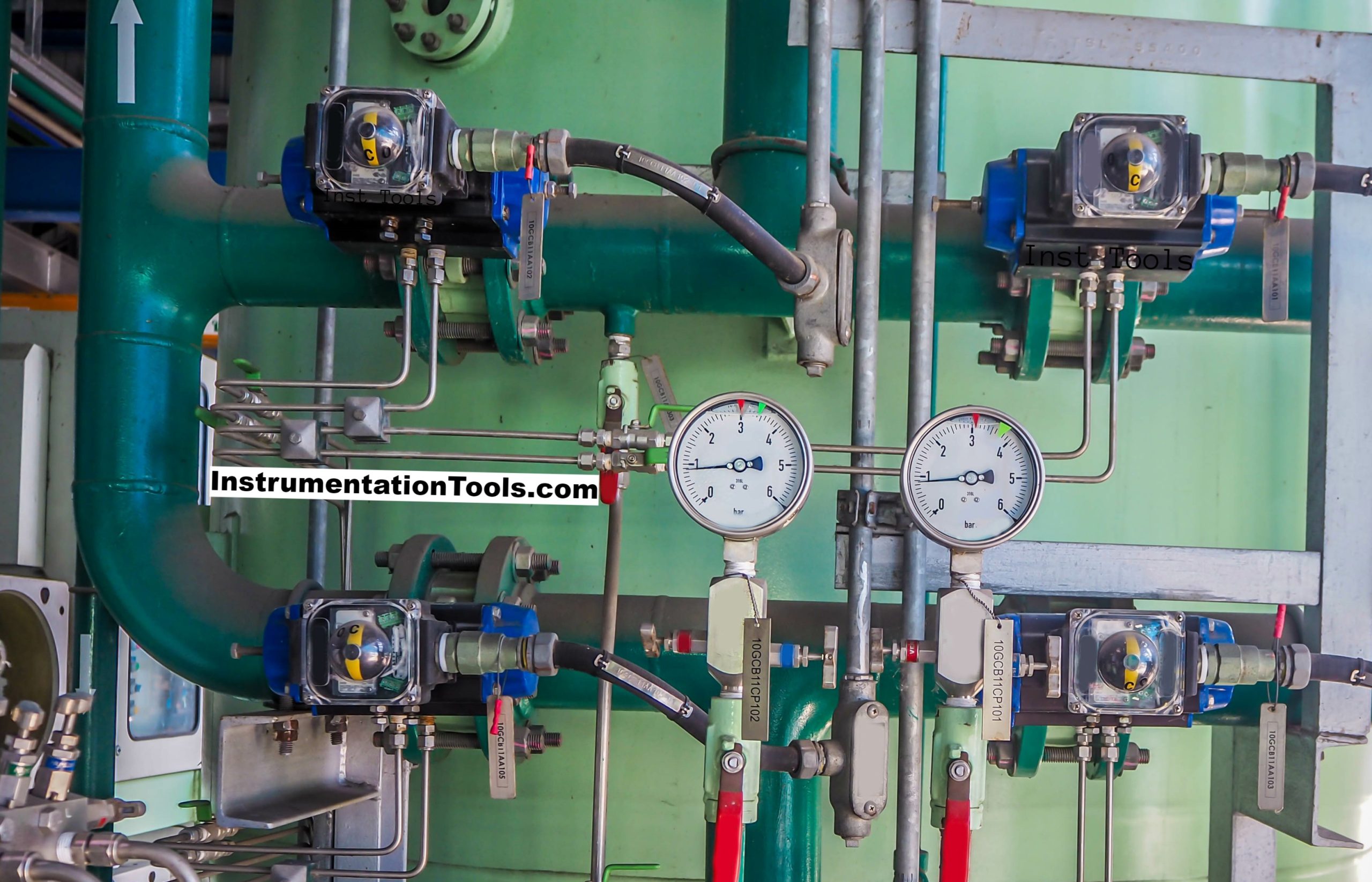In industries, you must have seen how important instrument air lines are. Any pneumatic device or instrument that requires air for operation, they cannot function without compressed air. This is the line which starts from an air compressor and is then distributed to pneumatic devices.
But, one common issue that affects these lines is moisture content. Undesired water presence in any object is a hindrance to its performance. Dry air is a must for processes and any presence of water in the air can disturb other parameters and hamper the process.
So, it is important to ensure that the compressed air line remains moisture-free. In this post, we will see how to minimize water vapor in instrument air lines.
What causes moisture in compressed air?
- The very first cause is improper location of the air compressor; which means in a humid area. If the compressor is placed in an area where the weather is humid, moisture content will be high. This air will in taken by an air compressor and then passed inside the process, eventually causing humid content inside air lines.
- Improper maintenance is also a major concern. The air compressor has the job of compressing air to such a high pressure that it can be passed quickly to the systems required. This means it is also removing water from the air by pressing and squeezing it hard. If it is not given timely maintenance, then the vessel will not perform as per its desired result and allow moisture to pass through it.
- In areas where moisture content is high, placing an air dryer prior to the compressor helps. But, if it is not used, then the water content inside the compressor will be high and it will not be able to extract enough water from it.
- Undersizing an air compressor is also a major issue. You have an air requirement of X quantity and you are using a compressor of lower ratings; then it will try hard to compress the air for use and in that matter, try to overheat itself. Overheating is a sign of malfunction and due to this, the compressor will not perform its desired activity and thus extract less air.
- Another reason is an increase in outside ambient temperature. This will evaporate the air more and increase water content.

Effects of moisture in compressed air
- The first and foremost demerit is that presence of water will affect parts after a prolonged period of time. The metallic parts will pick up rust and they will erode due to this.
- Water, as discussed earlier, causes corrosion. If the pneumatic part is very critical and if even minute water enters the part, then it will damage the equipment after a period of time.
- If air has impurity in it, and if water mixed with it, then there are chances of bad reactions which can either solidify in a course of time and choke up the lines. This can also affect the equipment if water and dust mixes.
- Oils and lubricants are a crucial part of compressors. If water is mixed with it, then it will get contaminated and affect it’s performance. This will lessen the life of equipment using air.
- Pressure drops can also increase if water content increases. This is not good for the performance of air compressors as reduced pressure means reduced air compression.
How to remove moisture in air lines?
- Install a manual drain valve at the base of the air compressor. Open the valve periodically and remove water from the vessel. This will prevent water from going into the air lines.
- Just like steam trap valves in steam lines, there are air trap valves too in air lines. They are used to trap the moisture from the airlines and prevent it from entering the final equipment.
- As discussed earlier, use an air dryer in a very moist environment before the air compressor. This will help remove the moisture content from the air inside the vessel.
- Do regular maintenance of air compressors and avoid skipping it.
If you liked this article, then please subscribe to our YouTube Channel for Instrumentation, Electrical, PLC, and SCADA video tutorials.
You can also follow us on Facebook and Twitter to receive daily updates.
Read Next:
- Quick Exhaust Valves
- On-Off Valve Problems
- Control Valve Design Factors
- Solenoid and Motorized Valves
- Control Valve Maintenance